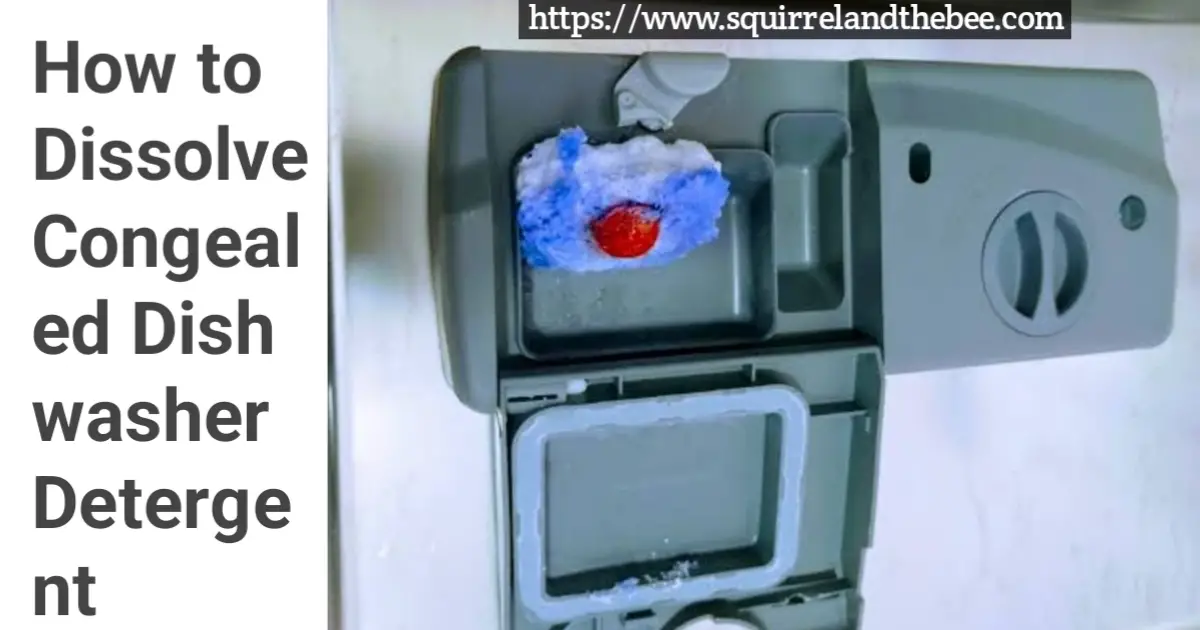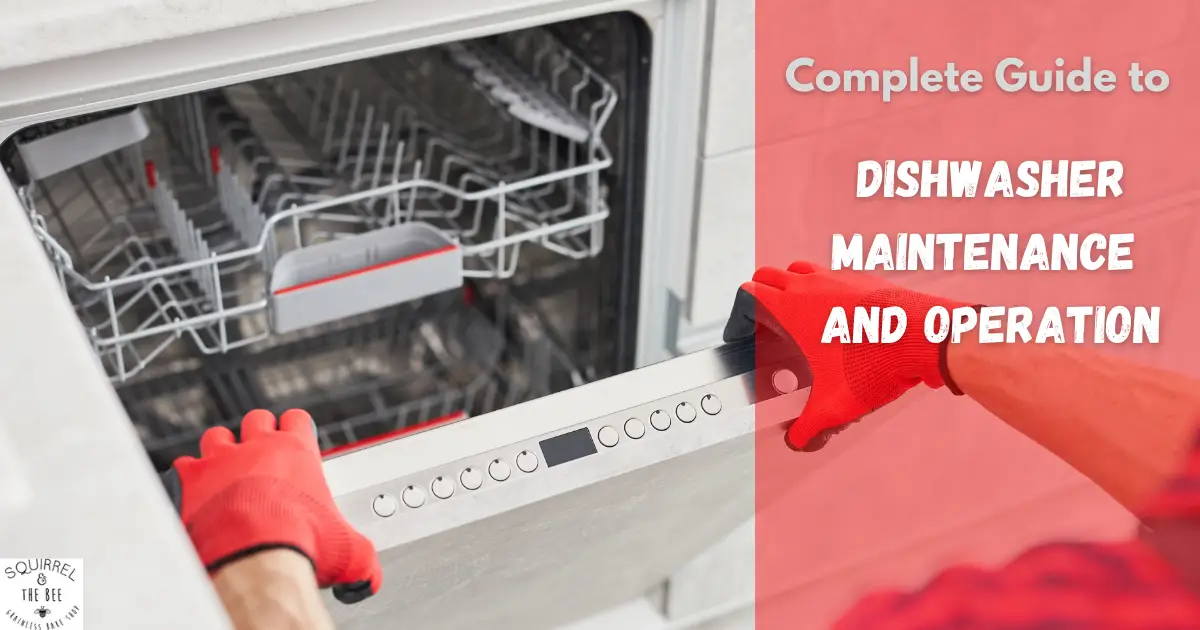What Causes Congealed Dishwasher Detergent?
Detergent tends to congeal even after a complete wash cycle for a number of reasons. How to Dissolve Congealed Dishwasher Detergent? Starting from the water temperature, the hardness of the water or the amount of soap build-up could be likely causes of such unwanted buildups. As a result, your dishwasher may not work well and leave behind unpleasant streaks and spots on freshly washed dishes.
How to dissolve it?
Commercial Cleaner And Bleach
Tough layers of soap scum can easily be dissolved off from the heating elements, baskets, and washer arms. To do so, just grab a scrub brush and a mild commercial cleanser. Make sure the cleanser contains bleach so that the soapy gunk comes off right away.
Vinegar And Alcohol
After scrubbing the insides of the washer following the method mentioned above, to rinse out any remaining bits of soap scum that may remain, start a cycle on the machine with 2 cups of white vinegar. The vinegar needs to be placed at the bottom of the dishwasher tub.
If you want your dishwasher to work nicely over the years, it’s a good idea to take care of it weekly. Simply run the dishwasher with a cup of vinegar along with a cup of rubbing alcohol. The best part is that it can be done both while the appliance is empty and full. However, the liquids must be poured at the bottom of the tub.
Citric Acid
Citrus powder fights the persistent soap buildups in dishwashers like a wonder. Not only rigid buildups but citrus crystals and powder do an amazing job when it comes to safely getting rid of limescale from the heating elements of the dishwasher. But in that case, it’s wise to unplug the machine beforehand to keep its electrical system safe.
Sugar-Free Lemonade
Instead of the citrus crystals, you can repeat the same process to clean your dishwasher tub with the help of a packet of sugar-free lemonade. It’s a fun method that readily washes off the detergent residue from the nooks and crannies of your appliance.
Rubbing Alcohol Or Acetone
The process is relatively simple with rubbing alcohols and acetones. Just soak a clean piece of cloth in either of the cleaning liquids and place it on the heating element for about 5 minutes. Depending on the level of the rigidness of the scum, it may take up to 20 minutes. Wipe away the scum with the cloth and repeat if you think it’s necessary.
Keeping The Temperature Above 110 Degrees
Sometimes, when the temperature of the dishwasher is under 110 degrees, detergent tablets may not have the required environment to completely dissolve. However, this situation differs from brand to brand. Therefore, it’s a great idea to change detergent brands for your dishwasher now and then besides checking the water’s temperature before cleaning up the heating element and tubs inside out.
One way to measure the warmth of the water is to fill up a cup with water from the kitchen faucet. Next, place a thermometer in the cup for a few minutes and take a careful read. Any temperature above 110 degrees is safe to bank on and will most likely dissolve your detergent completely, minimizing any possibility of accumulated hardened detergent.




